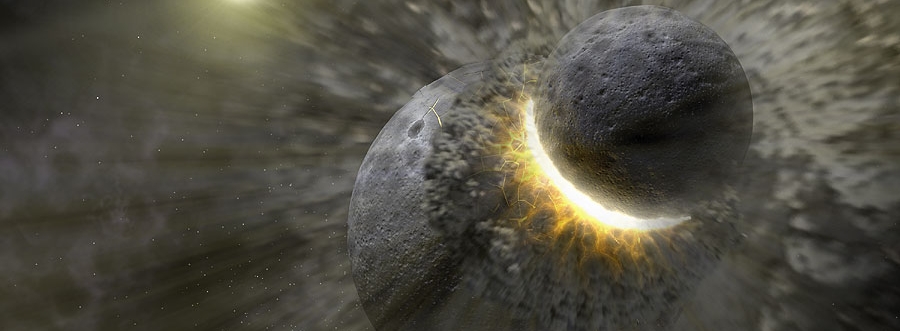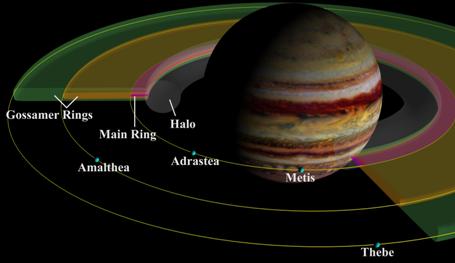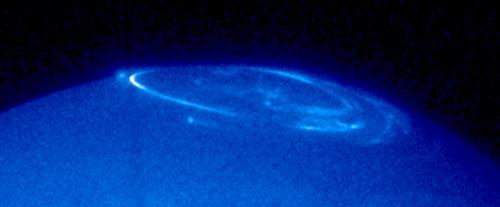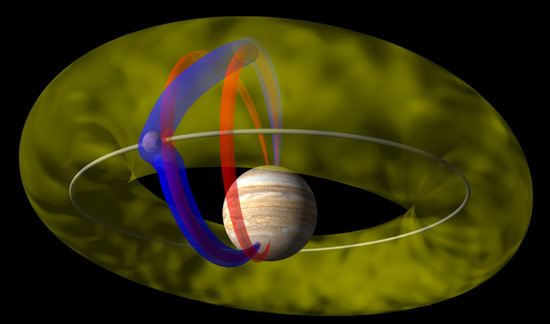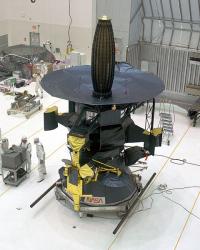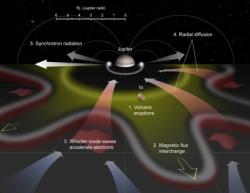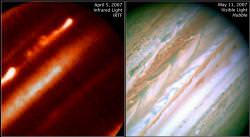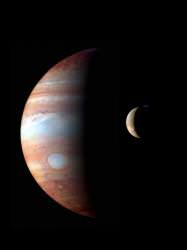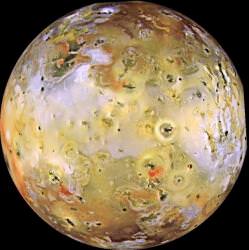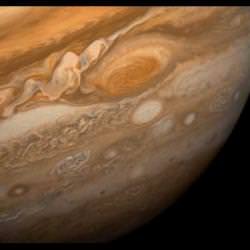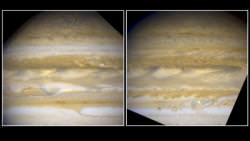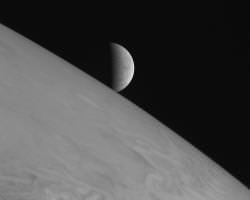Scientists have expressed their concern that the Solar System may not be as stable as it seems. Happily orbiting the Sun, the eight planets (plus Pluto and other minor planets) appear to have a high degree of long-term gravitational stability. But Jupiter has a huge gravitational influence over its siblings, especially the smaller planets. It appears that the long-term prospects for the smallest planet are bleak. The huge gravitational pull of Jupiter seems to be bullying Mercury into an increasingly eccentric death-orbit, possibly flinging the cosmic lightweight into the path of Venus. To make things worse, there might be dire consequences for Earth…
Jupiter appears to be causing some planetary trouble. This gas giant orbits the Sun at a distance of approximately 5 AU (748 million km), that’s five times further away from the Sun than the Earth. Although the distance may be huge, this 318 Earth-mass planet’s gravitational pull is very important to the inner solar system planets, including tiny Mercury. Mercury orbits the Sun in an elliptical orbit, ranging between 0.47 AU (at aphelion) to 0.31 AU (at perihelion) and is only 0.055 Earth masses (that’s barely five-times the mass of our Moon).
Running long-term simulations on the orbits of our Solar System bodies, scientists in France and California have discovered something quite unsettling. Jacques Laskar of the Paris Observatory, as well as Konstantin Batygin and Gregory Laughlin of the University of California, Santa Cruz have found that Jupiter’s gravity may perturb Mercury’s eccentric orbit even more. So much so their simulation predicts that Mercury’s orbit may extend into the path of Venus; or it might simply fall into the Sun. The researchers formulate four possible scenarios as to what may happen as Mercury gets disturbed:
- Mercury will crash into the Sun
- Mercury will be ejected from the solar system altogether
- Mercury will crash into Venus
- Mercury will crash into Earth
The last option is obviously the worst case scenario for us, but all will be bad news for Mercury, the small planet’s fate appears to be sealed. So what’s the likelihood Mercury could crash into the Earth? If it did, the asteroid that most likely wiped out the dinosaurs will seem like a drop in the ocean compared with a planet 4880 km in diameter slamming into us. There will be very little left after this wrecking ball impact.
But here’s the kicker: There is only a 1% chance that these gravitational instabilities of the inner Solar System are likely to cause any kind of chaos before the Sun turns into a Red Giant and swallows Mercury, Venus, Earth and Mars in 7 billion years time. So, no need to look out for death-wish Mercury quite yet… there’s a very low chance that any of this will happen. But some good news for Mars; the researchers have also found that if the chaos does ensue, the Red Planet may be flung out of the Solar System, possibly escaping our expanding Sun. So, let’s get those Mars colonies started! Well, within the next few billions of years anyhow…
These results by Batygin and Laughlin will be published in The Astrophysical Journal.
Source: Daily Galaxy
Here are some facts on Mercury.

